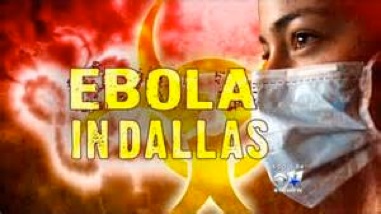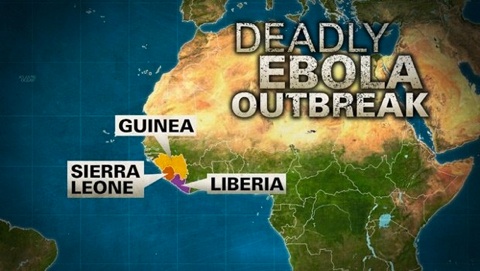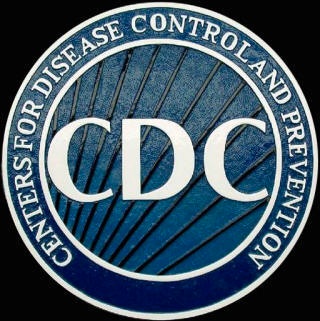Ebola: an Imagined Epidemic
Radio and TV newscasters and print media editors were ecstatic. They were deliriously happy.
With three cases of Ebola in one tiny area of an immense country with over 300 million inhabitants, the media types were gleefully nurturing an unbelievable panic. As is typical in such cases, facts were immaterial.

The only thing currently of interest to the media and the public is who to blame. The three cases of Ebola diagnosed in Dallas were a sizzling fuse tied to an extremely huge explosion designed to devastate the country. The person or persons who let that fuse be lit must be identified and hung out to dry, or so says the media.
So let’s put this situation in perspective.
First, Ebola is a serious illness. Under current protocols, about 75% of those who become infected with the virus die.

These statistics are from West Africa, where there is currently an epidemic. Nearly all of the cases are in three of the 15 West African states, an area housing about 260 million humans in loosely defined borders. So far, there have been less than 5,000 deaths attributable to the current outbreak.
The deaths are occurring in an area with much less sophisticated medical and communications systems than in this country. Nonetheless, less than 1% of the population has succumbed.
Compare those statistics with the ones from the U.S. So far, there have been five cases of Ebola in this nation of more than 300 million. Three of those arrived in the country when they were already infected and two are nurses who personally handled and treated one of the sick individuals. Of those five, only one died. His death is probably attributable to the botched handling of his case.
There is also one more salient fact. The maximum incubation period for the Ebola virus is 21 days. Sunday was the 21st day after the patient who died went into insolation. Of the 48 people known to have been in contact with him before his isolation, only the two nurses tending to him in isolation have exhibited any symptoms of the virus. Some of the 48 occupied an apartment with the man when he was beginning to show signs of the disease.
The only two who caught the disease from him were nurses who, by necessity, had to handle his body fluids.
Except for several dissenters (which is normally the case), the consensus of medical officials with knowledge of and experience with the virus, the virus is transmissible only through or from body fluids of an infected person.

The CDC also lists an additional possible mechanism of transmission. That includes "objects (like needles and syringes) that have been contaminated with the virus."
The question then becomes, how long will the virus remain viable on other objects?
The Public Health Agency of Canada has studied this and reported that an almost infinite variety of them can serve as "fomites" or surfaces capable of carrying the living virus for some time. The viruses "have been reported capable of surviving on contaminated surfaces, particularly at low temperatures. One study could not recover any virus from experimentally contaminated surfaces (plastic, metal or glass) at room temperature. In another study, the Ebola virus dried onto glass, polymeric silicone rubber, or painted aluminum alloy was able to survive in the dark for several hours under ambient conditions (underscoring added). It was, however, less stable than some other viral hemorrhagic fevers.
None of this will be found on the evening news or tomorrow’s newspaper headlines. To report the extremely low possibility (if there is any at all) of contracting Ebola if you sit on a plane or bus with someone on the way to a hospital to be admitted for Ebola systems, would destroy reams of scary reports of medical experts fostering deadly epidemic.
So here’s the perspective.
Let’s go back 80+ years and sit at the feet of President Franklin Delano Roosevelt. He said in his first inaugural address, “So, first of all, let me assert my firm belief that the only thing we have to fear is fear itself—nameless, unreasoning, unjustified terror which paralyzes needed efforts to convert retreat into advance.”
Americans asking airlines if it is safe to fly and schools in Belton, Texas, closing because some students were passengers on a plane with Amber Vinson, the second nurse who contracted Ebola through direct contact with the body fluids of an Ebola patient would be funny if it were not so incredibly stupid.
In the words of Sergeant Friday, “Just the facts, Ma’am. Just the facts.”
Get the real facts about Ebola and its transmissibility, then sit back and watch a TV show other than the scary news of an imagined epidemic.
enough





